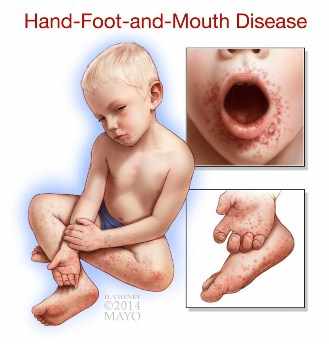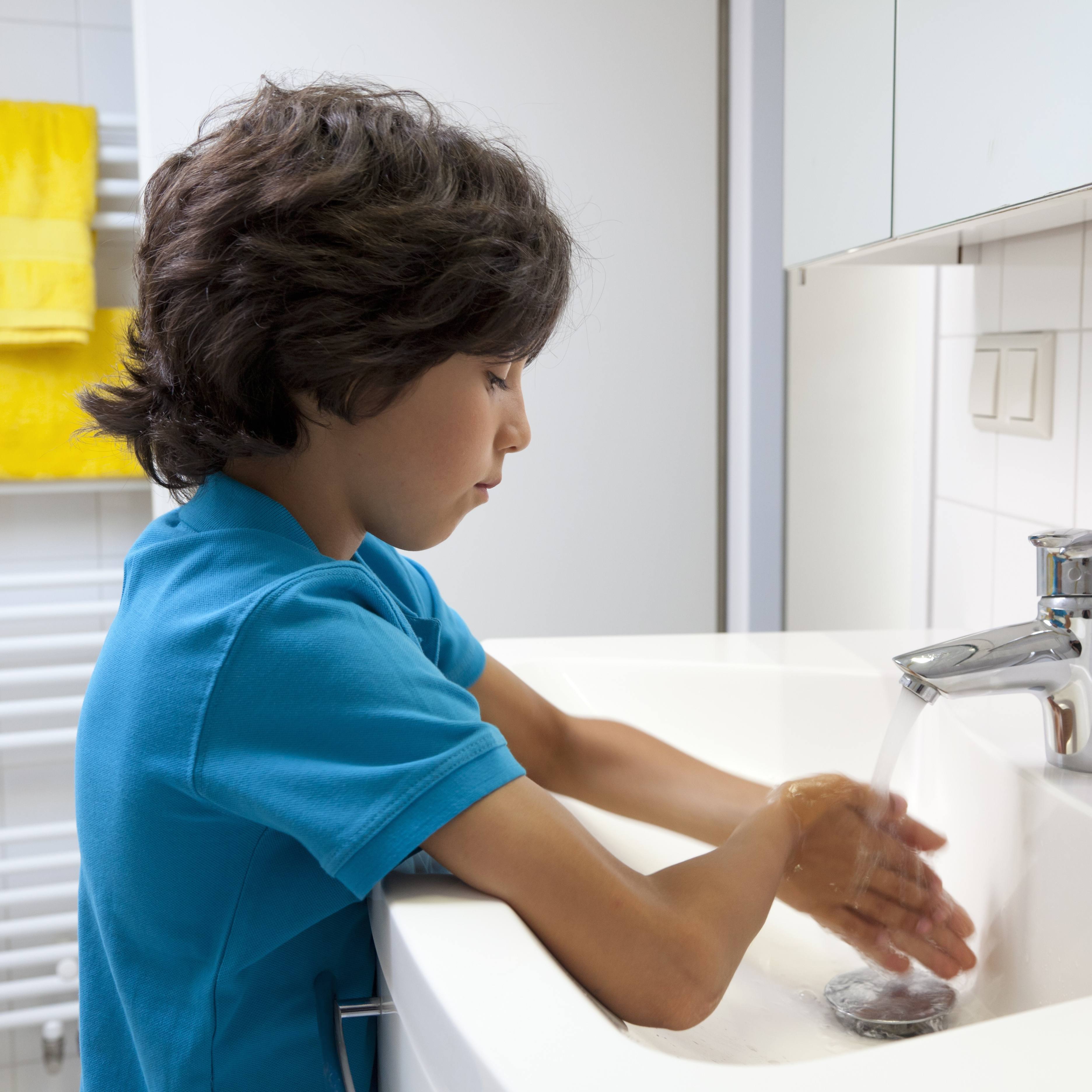-
Mayo Clinic Minute
Mayo Clinic Minute: Hand, foot and mouth disease in kids
Hand, foot and mouth disease, most commonly caused by a coxsackievirus, is a highly contagious childhood illness. The virus can be spread through respiratory droplets, person-to-person contact and touching a contaminated object.
Dr. Nipunie Rajapakse, a pediatric infectious diseases specialist at Mayo Clinic's Children's Center, says it is typically an illness of young children — usually children under 5. But you can get infected with hand, foot and mouth disease at any age.
Journalists: Broadcast-quality video (0:59) is in the downloads at the end of this post. Please courtesy: "Mayo Clinic News Network." Read the script.
Rashes. They are common in young kids, especially babies.
"Hand, foot and mouth disease is spread through respiratory droplets," says Dr. Rajapakse. "It can also be spread through the stool of an infected person. That's why hand-washing is important. It can also be spread through fomites — touching something that an infected person has touched before. For that reason, we do see that it spreads pretty easily, especially in places where there's a lot of young children."
While highly contagious, the virus is usually mild.
"It can be quite painful and uncomfortable, especially the lesions of the back of the throat that can make it difficult to eat or drink," says Dr. Rajapakse.
"If they're having a lot of pain or discomfort with the rash, you can give them ibuprofen or acetaminophen to help with that, and make sure that they're staying well-hydrated, drinking lots of fluids. Things like popsicles can help if they're having a sore throat," says Dr. Rajapakse.
There are no specific treatments, but there are things you can do to help your child feel better.
Seek medical attention if your child's signs or symptoms worsen after a few days.
Read more:
- Infectious Diseases A-Z: What you need to know about hand, foot and mouth disease
- Weekend Wellness: Children can get hand-foot-and-mouth disease more than once
- Infectious Diseases A-Z: Summer and fall enteroviruses affect kids








